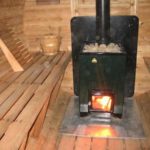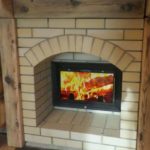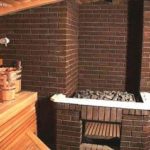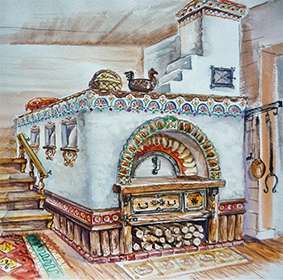Choosing a stove for a bath
Choosing a stove for a bath is a responsible matter. It is important not to make a mistake and to find that “golden mean”. After all, if a decision is made to take a heater with a large power reserve, it will warm up the room very quickly. But you won’t be able to steam to your heart’s content—it will be impossible to keep the temperature of the air and stones at the required level. A low-power stove has the opposite problem: it takes a long time to warm up the room. And, even if time does not seem to be a critical factor, it will be difficult to catch up and maintain the optimal temperature in the steam room.
The content of the article
Determining the required heat transfer power
To avoid getting familiar with temperature problems, it is enough to focus on the recommended 1 kW of power per 1 m3 of room. True, there is a trick here: the classic volume calculation will not work. Yes, the calculations are based on the area and height of the steam room. But to them you need to add the area of all “cold” elements, multiplied by a factor of 1.2, be it decorative wall cladding or a window.

For example: room length 2 m, width -1.5, height 2.2. There is a window 60x60 cm. The wall near the heater is decorated with ceramic tiles at a height of 80 cm, the total length of the finish is 1.5 m. To determine the required power, first calculate the volume of the room: 2 * 1.5 * 2.2 = 6.6 m3 . Then the sum of the areas of the window and tiles: 0.6 * 0.6 + 0.8 * 1.5 = 0.36 + 1.2 = 1.56 m2.The result is multiplied by the coefficient: 1.56 * 1.2 = 1.872 m3 And the last step is the summation of the net volume and the calculated additional weight, rounded to the nearest whole number: 6.6 + 1.872 = 8.472 = 9 m3.
If the door leading from the dressing room to the steam room is glass, the calculation result is additionally multiplied by a factor of 1.5.

With the result of the calculations carried out, you can already go to the store to buy a sauna stove. But when purchasing, you should pay attention to one more point: it is important to choose a device with a small reserve, about 1-2 kW or m3. If you look at the manufacturer’s recommended displacement, which is indicated with a running start, then you should focus on a larger number in the range. For example, in the design case, a furnace with a working volume of 5-10 m3 will be sufficient. But 7-12 m3 is already a lot.
General selection criteria
Furnace material. Steel products are in increasing demand. When choosing this option, you should pay special attention to the chrome, which prevents fading. The minimum indicator is -13%. Optimal 15-17%.
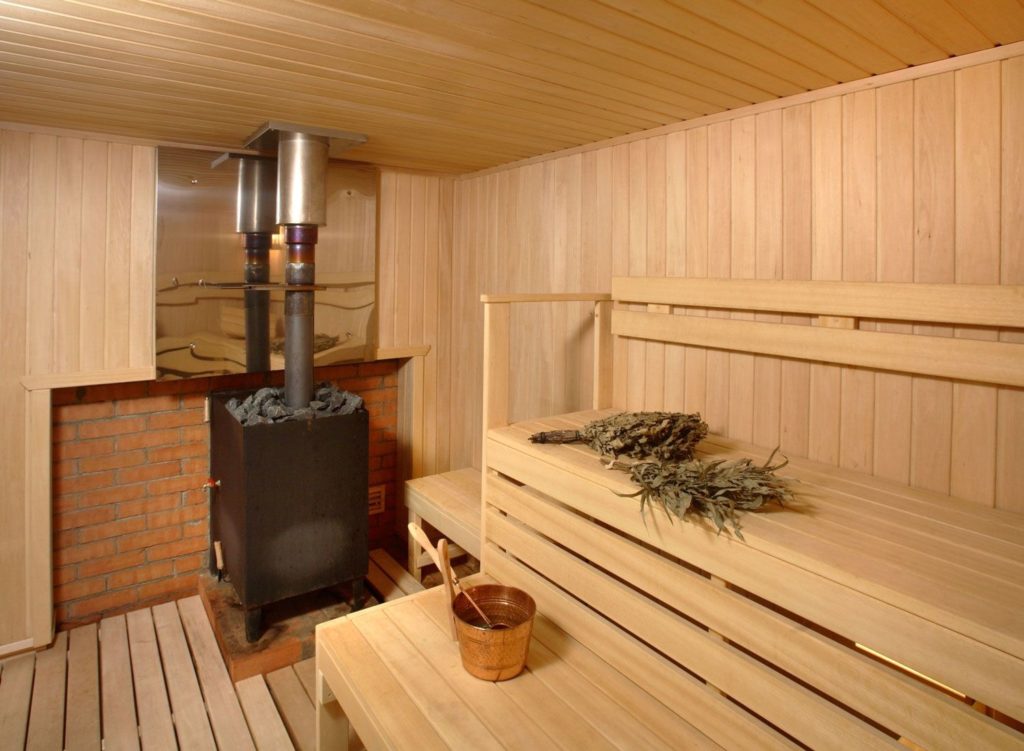
The higher the chromium content, the less the metal oxidizes when heated. The result: clean air and almost complete absence of scale.
Brick and cast iron variations are also good. But the masters who were able to correctly stage the first one, even in the old days, were in abundance. And the second one is too heavy and quite fragile, which led to a loss of popularity.
Features of the firebox location play an important role in terms of ease of maintenance of the furnace. There are only 2 options.
- Extended ones are designed for wall mounting. Laying firewood or monitoring the combustion process in this case is carried out from the dressing room.
- Conventional ones, when the firebox door practically does not protrude from the body, simplify the installation of equipment.But the constant running around of the person “responsible” for the stove significantly reduces the pleasure of visiting the bathhouse.
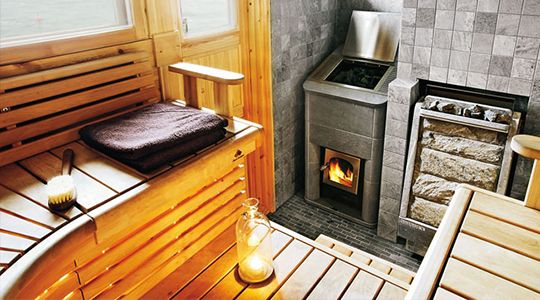
The firebox door can be classic - all metal. But by choosing the option with a heat-resistant glass insert, you can significantly facilitate control over the combustion process.
Steam source there may be stones heated to 500 °C. When a small amount of heated water is splashed onto them, the so-called. “dry” finely dispersed steam. It is much more useful than the “wet” steam that occurs as a result of boiling water, for the generation of which a tank is provided in the design of the heater.
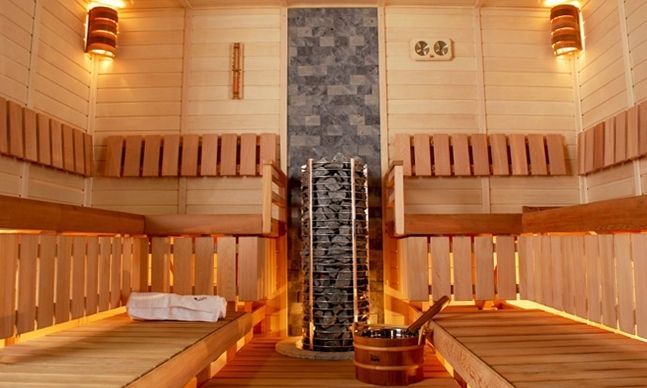
A stove with a water tank costs more. Among its advantages, it is worth noting that there is no need to supply hot water to the bathhouse, since it can be drawn directly from the boiler. But if this point is not critical, then lovers of wet steam can equip a sauna with a stove with a simple heater and an electric steam generator.
Design must comply with fire safety standards and ensure ease of use. The main signs of a good stove:
- rapid heating of stones up to 500 °C and long-term maintenance of their temperature;
- heating the air in the steam room to 80 degrees under the ceiling in a maximum of half an hour in the summer, and in 2-2.5 hours at an ambient temperature below -10°C;
- absence of burning and soot in the steam room.
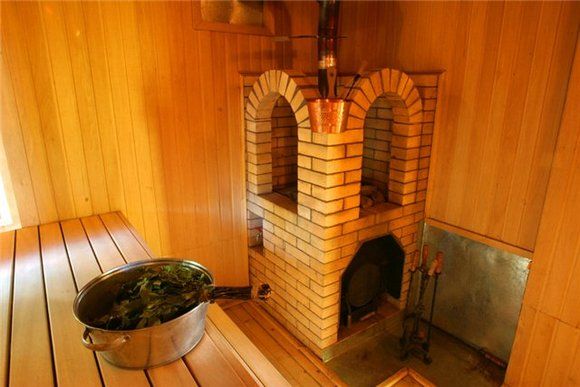
This is the required minimum. The water tank and other functions depend only on the wishes and financial capabilities of the future owner.
Oven type determined by the design features of the heater, which comes in two types.
- Open when the room is warmed up due to the heat given off by the stones. The advantage is that it warms up quickly. The downside is that it doesn’t take long to cool down either.
- A closed heater will warm up the bath longer, since the process occurs due to convection. But the warmth lasts longer.
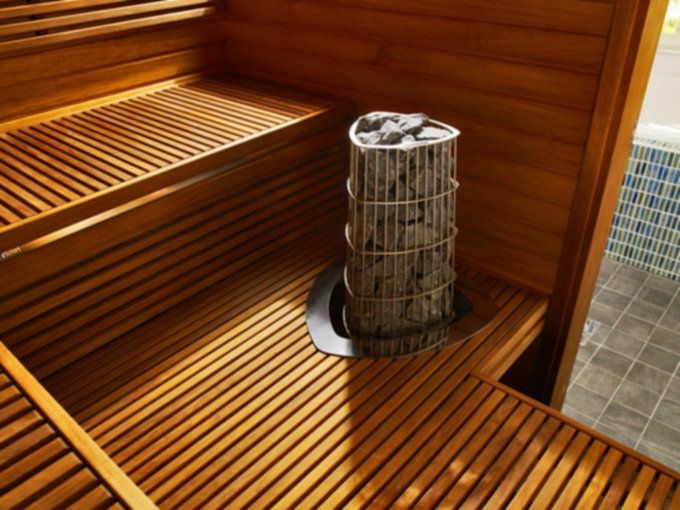
If the stove is selected for a small bathhouse and a small number of users, then the open type is preferable. If on the contrary, then it is better to choose a closed heater, as it will save on fuel.
Duration of work on one tab fuel depends on the efficiency of the furnace. For brick it is 85%. For steel ones it is higher - from 90%. The higher the number indicated by the manufacturer in the technical specifications, the more modest the energy costs. And in the case of solid fuel stoves, efficiency indicates the intensity of filling the firebox: a higher percentage equals a lower frequency of door opening.
Features of room heating. When the walls of the oven do not heat up above 40-45 °C, and the bathhouse warms up due to air circulation through special channels, we are talking about a “cold” option. Its advantages:
- safety - the possibility of accidental burns is completely excluded;
- slow cooling.
There is only one drawback: it takes a lot of time to warm up.
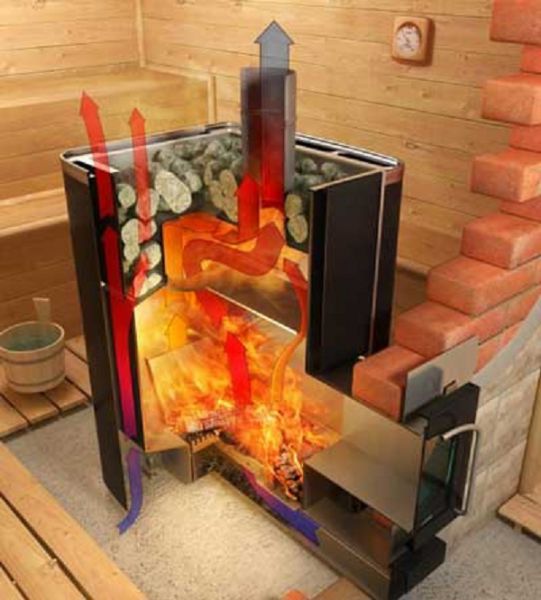
Hot stoves heat the bathhouse with heat released by the walls heated above 100°C. Convenient, fast, efficient. But it is also easy to get burned, so it is recommended to create a protective barrier of brick around the stove. Another disadvantage is that this version gets cold quickly.
Type of fuel, perhaps one of the main selection criteria. There are 3 types of ovens.
- Gas ones are profitable, since blue fuel is much cheaper than its analogues. But only specialists can install and connect such a stove to the network.
- Electric ones are the easiest to install and operate, but ever-increasing electricity tariffs are preventing their popularization.
- Solid fuel - “eat” firewood, briquettes and even coal.Popular among owners of private houses that do not have gas supply. A strong middle ground, if you look at the parameters “simplicity”, “price” and “quality”.
Features of choosing a wood stove
Design Features allow us to divide furnaces into:
- classic, with a solid casing;
- mesh (open heater);
- with pre-installed steam generator;
- with water tank.
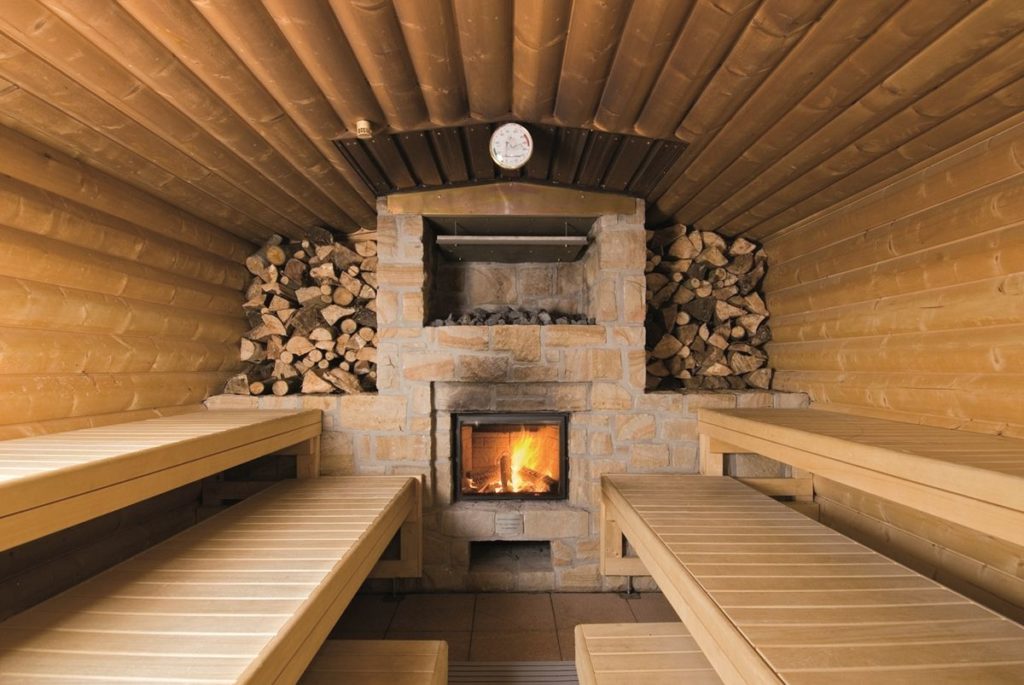
Principle of operation. There are long-term and periodic heating furnaces. The former are distinguished by a relatively small load of stones, the heating temperature of which rarely exceeds 350 °C. It is not recommended to water such a heater with water, as this may cause the release of soot. Batch heating furnaces are loaded more seriously. The flame directly heats the stones, resulting in a high temperature of about 500°C. You can safely water them, since at such temperatures the soot burns out completely.
Manufacturer. Finland and Sweden are considered the leaders in the production of stoves. However, if you are interested in cast iron variations, it is better to pay attention to Russian manufacturers.
Features of choosing an electric oven
Advantages of electric furnaces Can be described in one word - lightness. This implies a relatively light weight of the structure, ease of installation, maintenance and operation. It warms up quickly and radiates soft heat.
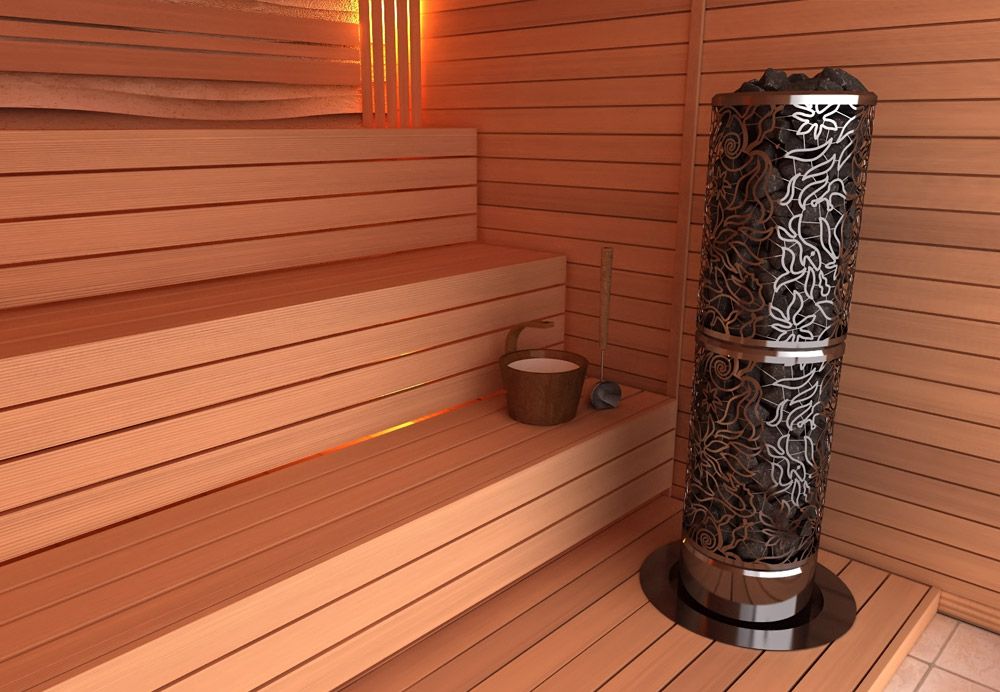
Main selection criteria:
- the power of the device, which depends on the parameters of the bath;
- energy efficiency, which affects future electricity costs;
- size and shape;
- heater type.
When choosing an electric furnace, it is important to pay attention to the possibility of supplying an appropriate power supply line. For units with a power of up to 7 kW, a voltage of 220 V is sufficient. For higher power, 380 V will be needed.
Features of choosing a gas oven
Advantages and important design features. The gas stove is compact, which allows you to save useful space in the bathhouse. It does not require constant monitoring of fuel and allows you to easily adjust the temperature. Its use significantly reduces fuel costs, especially when compared with an electric furnace.
Installing a gas furnace requires special skills. Any amateur activity without appropriate education is strictly prohibited.
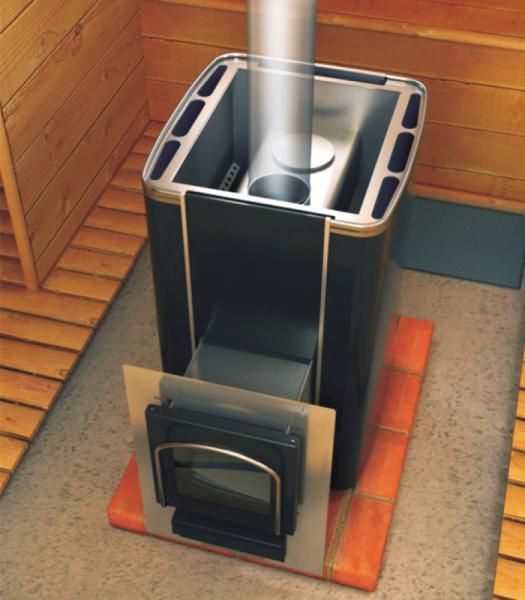
Recommendations for selection. A gas sauna stove must be equipped with a gas recirculation system. It is also worth giving preference to a modulation-type burner, which automatically controls the fuel supply depending on current conditions. The water used as a coolant should warm up to no more than 70°C.
Based on the listed points, you can, without any hassle, choose a stove for a bathhouse that will fully satisfy the needs of the owners. At the same time, you will be able to significantly save the time spent on choosing, because you already know what you should pay attention to first.

